Weng Kee Wong
Particle swarm optimization with Applications to Maximum Likelihood Estimation and Penalized Negative Binomial Regression
May 20, 2024
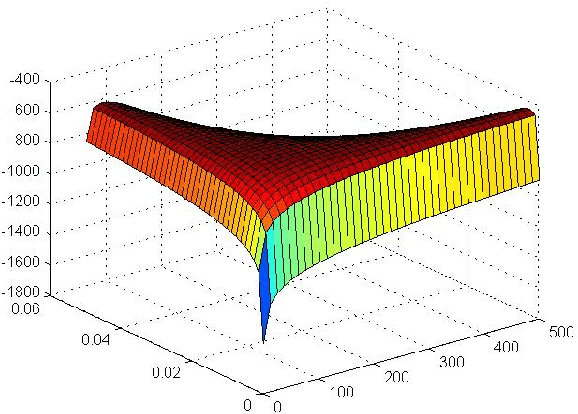

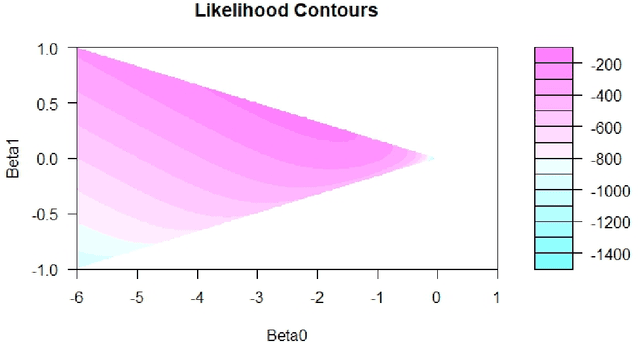
Abstract:General purpose optimization routines such as nlminb, optim (R) or nlmixed (SAS) are frequently used to estimate model parameters in nonstandard distributions. This paper presents Particle Swarm Optimization (PSO), as an alternative to many of the current algorithms used in statistics. We find that PSO can not only reproduce the same results as the above routines, it can also produce results that are more optimal or when others cannot converge. In the latter case, it can also identify the source of the problem or problems. We highlight advantages of using PSO using four examples, where: (1) some parameters in a generalized distribution are unidentified using PSO when it is not apparent or computationally manifested using routines in R or SAS; (2) PSO can produce estimation results for the log-binomial regressions when current routines may not; (3) PSO provides flexibility in the link function for binomial regression with LASSO penalty, which is unsupported by standard packages like GLM and GENMOD in Stata and SAS, respectively, and (4) PSO provides superior MLE estimates for an EE-IW distribution compared with those from the traditional statistical methods that rely on moments.
Metaheuristic Algorithms in Artificial Intelligence with Applications to Bioinformatics, Biostatistics, Ecology and, the Manufacturing Industries
Aug 08, 2023Abstract:Nature-inspired metaheuristic algorithms are important components of artificial intelligence, and are increasingly used across disciplines to tackle various types of challenging optimization problems. We apply a newly proposed nature-inspired metaheuristic algorithm called competitive swarm optimizer with mutated agents (CSO-MA) and demonstrate its flexibility and out-performance relative to its competitors in a variety of optimization problems in the statistical sciences. In particular, we show the algorithm is efficient and can incorporate various cost structures or multiple user-specified nonlinear constraints. Our applications include (i) finding maximum likelihood estimates of parameters in a single cell generalized trend model to study pseudotime in bioinformatics, (ii) estimating parameters in a commonly used Rasch model in education research, (iii) finding M-estimates for a Cox regression in a Markov renewal model and (iv) matrix completion to impute missing values in a two compartment model. In addition we discuss applications to (v) select variables optimally in an ecology problem and (vi) design a car refueling experiment for the auto industry using a logistic model with multiple interacting factors.
Dual Path Structural Contrastive Embeddings for Learning Novel Objects
Jan 04, 2022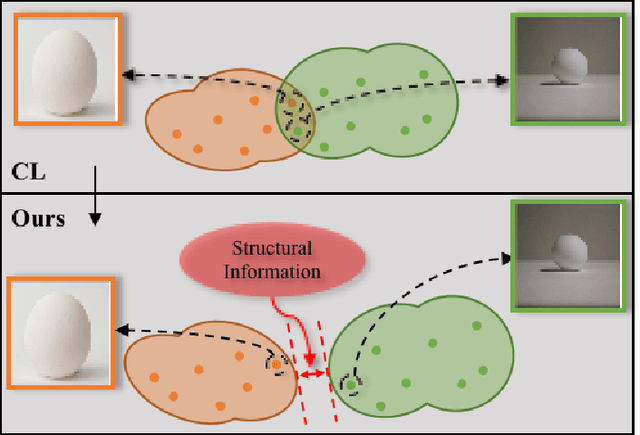
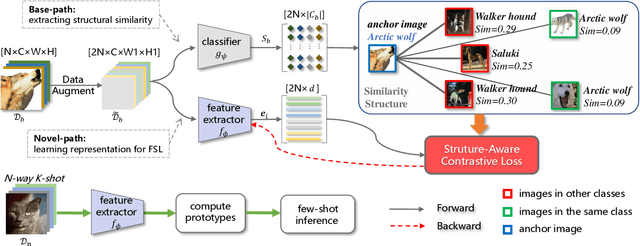
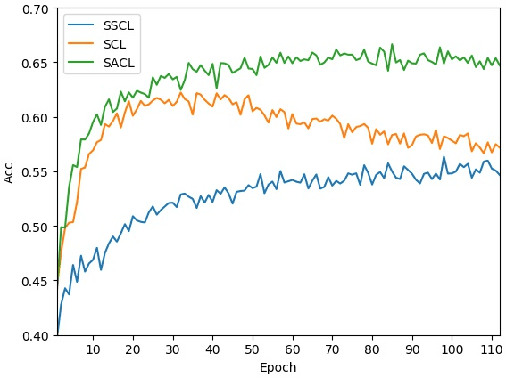

Abstract:Learning novel classes from a very few labeled samples has attracted increasing attention in machine learning areas. Recent research on either meta-learning based or transfer-learning based paradigm demonstrates that gaining information on a good feature space can be an effective solution to achieve favorable performance on few-shot tasks. In this paper, we propose a simple but effective paradigm that decouples the tasks of learning feature representations and classifiers and only learns the feature embedding architecture from base classes via the typical transfer-learning training strategy. To maintain both the generalization ability across base and novel classes and discrimination ability within each class, we propose a dual path feature learning scheme that effectively combines structural similarity with contrastive feature construction. In this way, both inner-class alignment and inter-class uniformity can be well balanced, and result in improved performance. Experiments on three popular benchmarks show that when incorporated with a simple prototype based classifier, our method can still achieve promising results for both standard and generalized few-shot problems in either an inductive or transductive inference setting.
An Overview of Healthcare Data Analytics With Applications to the COVID-19 Pandemic
Nov 25, 2021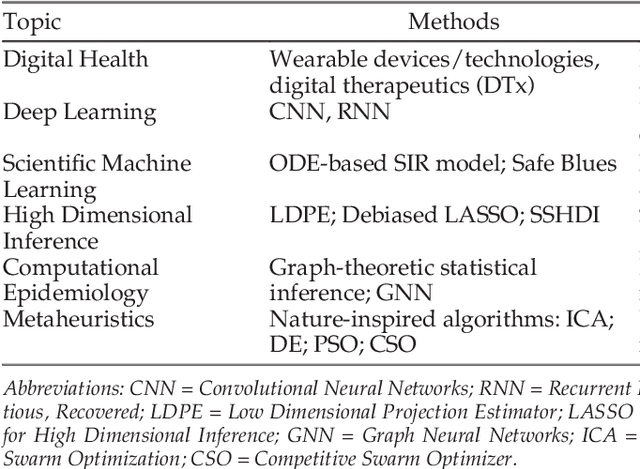

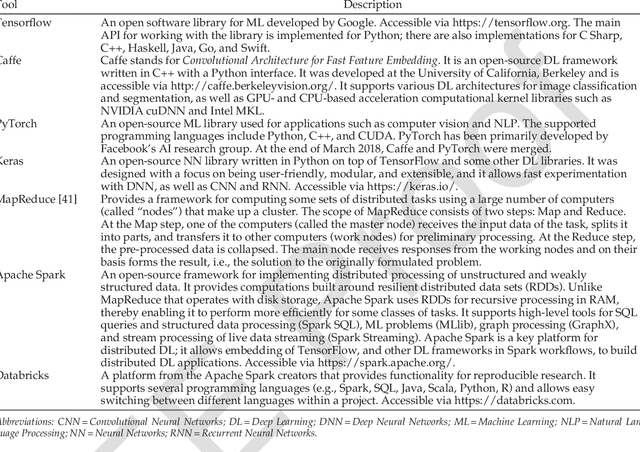
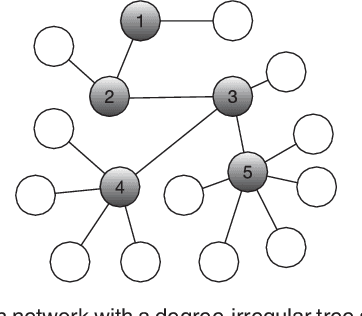
Abstract:In the era of big data, standard analysis tools may be inadequate for making inference and there is a growing need for more efficient and innovative ways to collect, process, analyze and interpret the massive and complex data. We provide an overview of challenges in big data problems and describe how innovative analytical methods, machine learning tools and metaheuristics can tackle general healthcare problems with a focus on the current pandemic. In particular, we give applications of modern digital technology, statistical methods, data platforms and data integration systems to improve diagnosis and treatment of diseases in clinical research and novel epidemiologic tools to tackle infection source problems, such as finding Patient Zero in the spread of epidemics. We make the case that analyzing and interpreting big data is a very challenging task that requires a multi-disciplinary effort to continuously create more effective methodologies and powerful tools to transfer data information into knowledge that enables informed decision making.
Particle swarm optimization in constrained maximum likelihood estimation a case study
Apr 09, 2021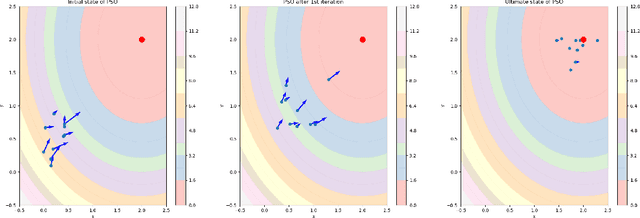
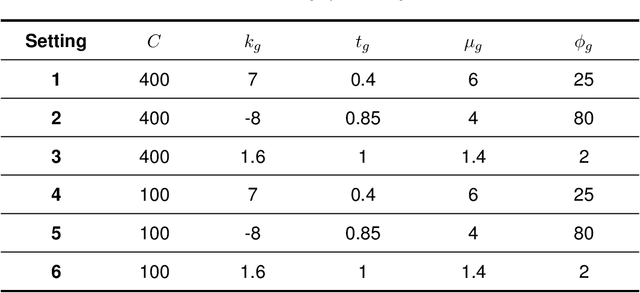
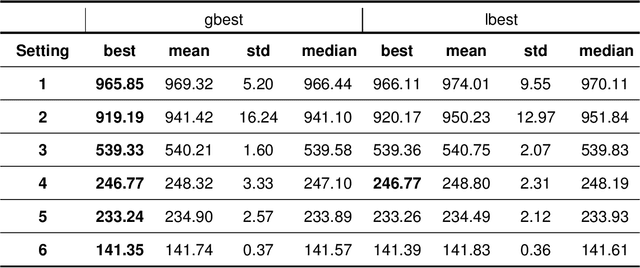
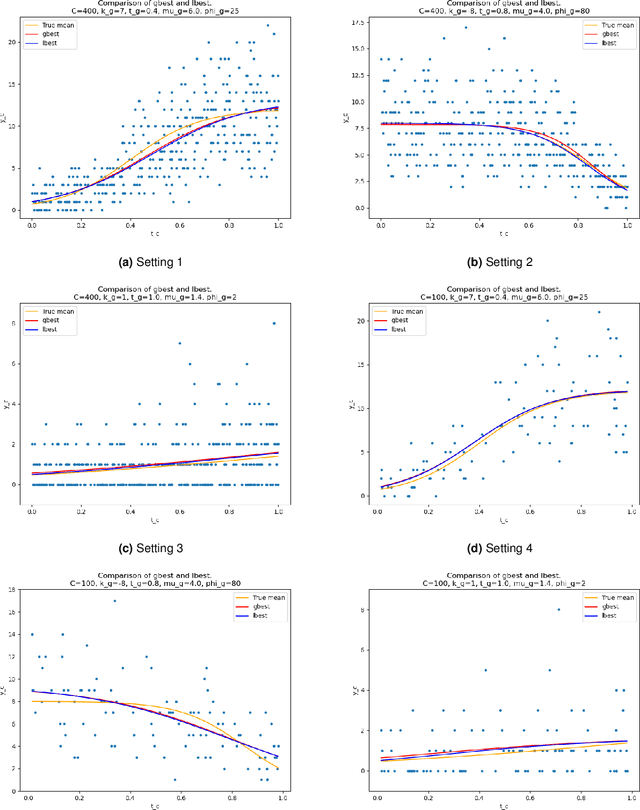
Abstract:The aim of paper is to apply two types of particle swarm optimization, global best andlocal best PSO to a constrained maximum likelihood estimation problem in pseudotime anal-ysis, a sub-field in bioinformatics. The results have shown that particle swarm optimizationis extremely useful and efficient when the optimization problem is non-differentiable and non-convex so that analytical solution can not be derived and gradient-based methods can not beapplied.
 Add to Chrome
Add to Chrome Add to Firefox
Add to Firefox Add to Edge
Add to Edge